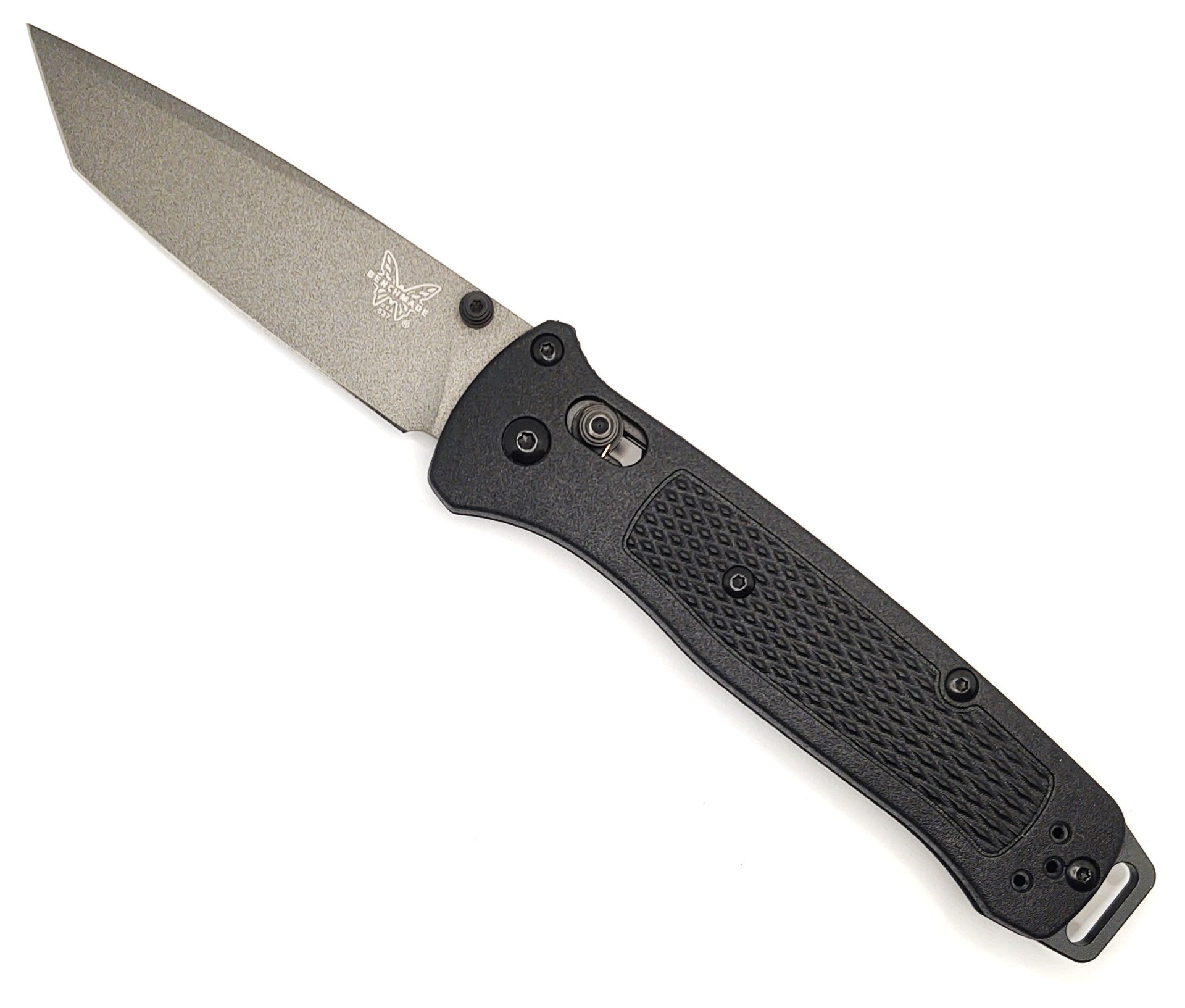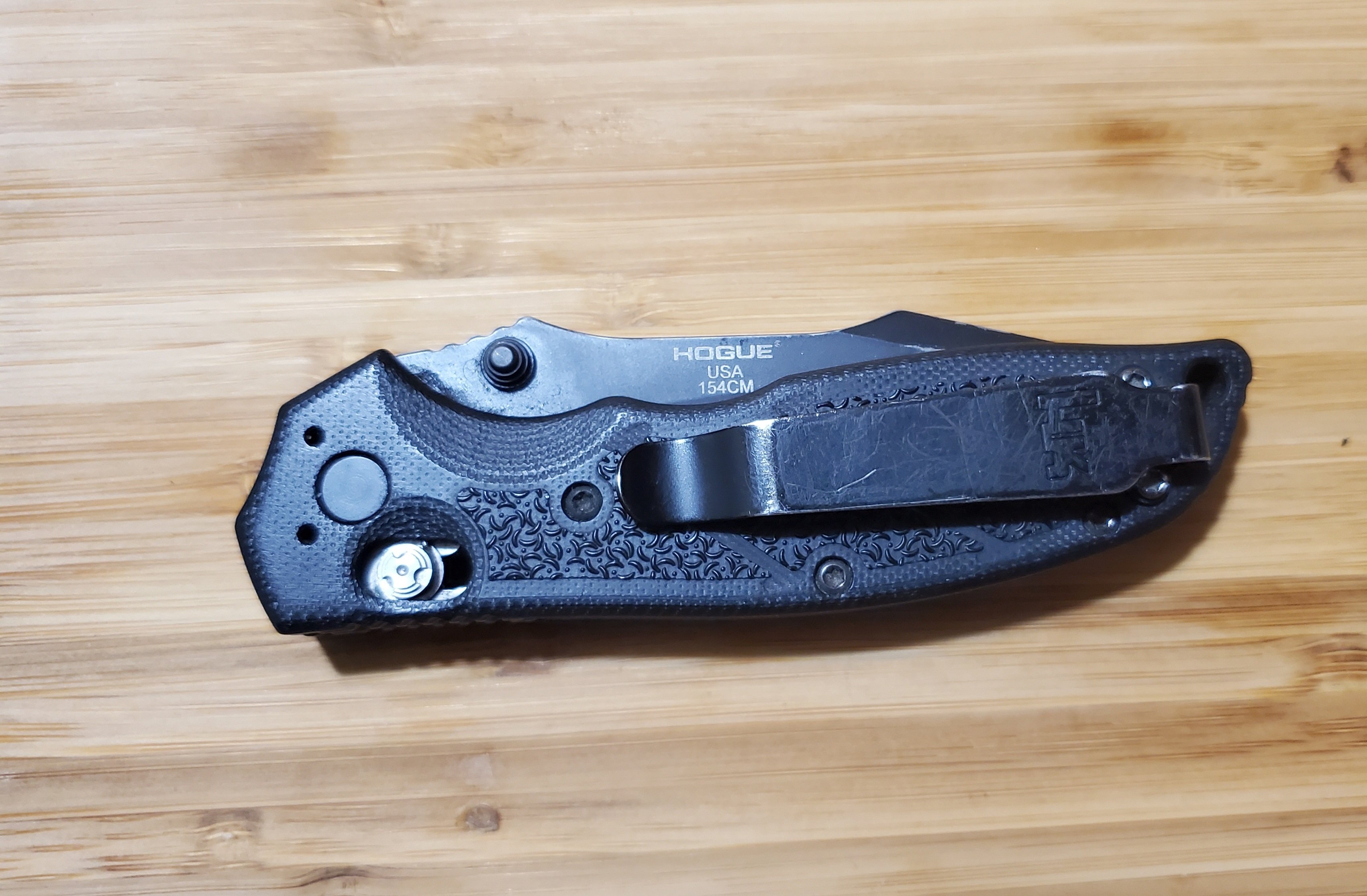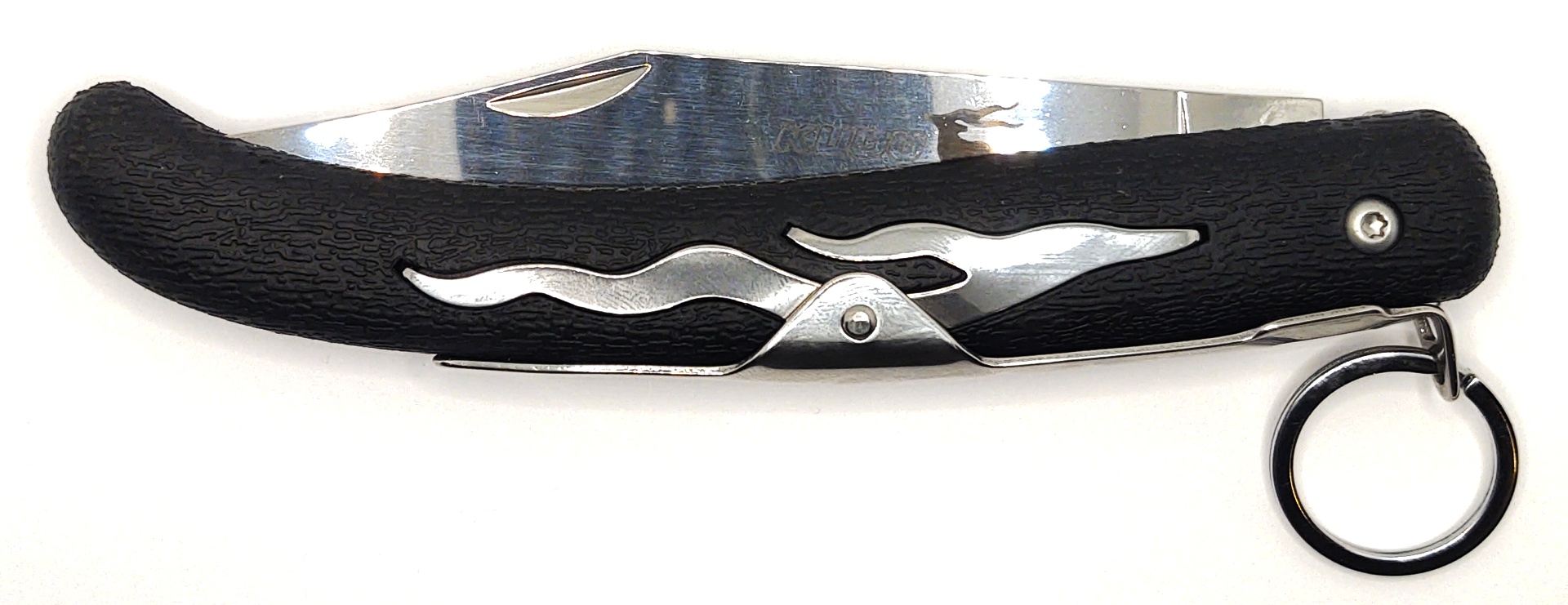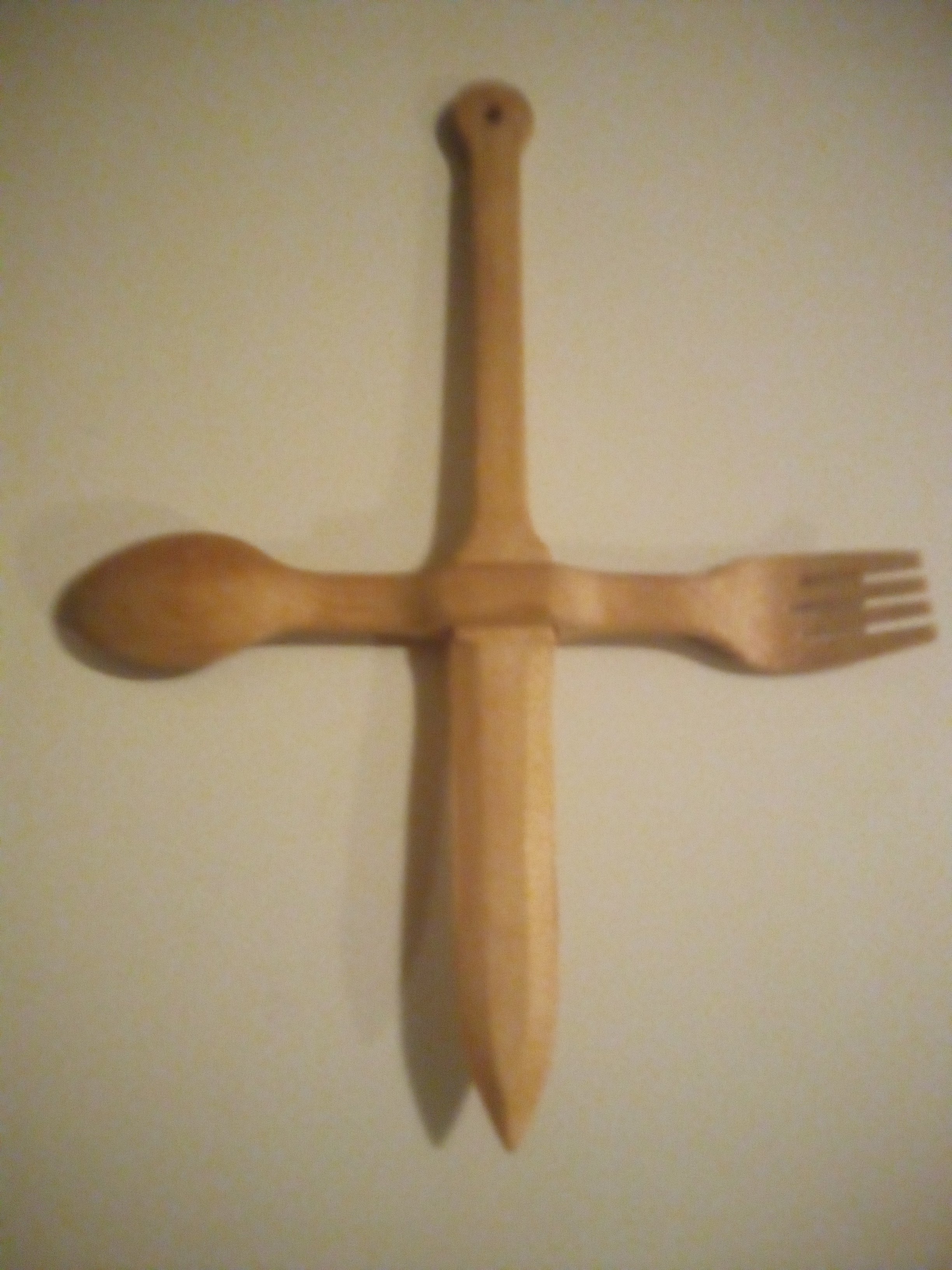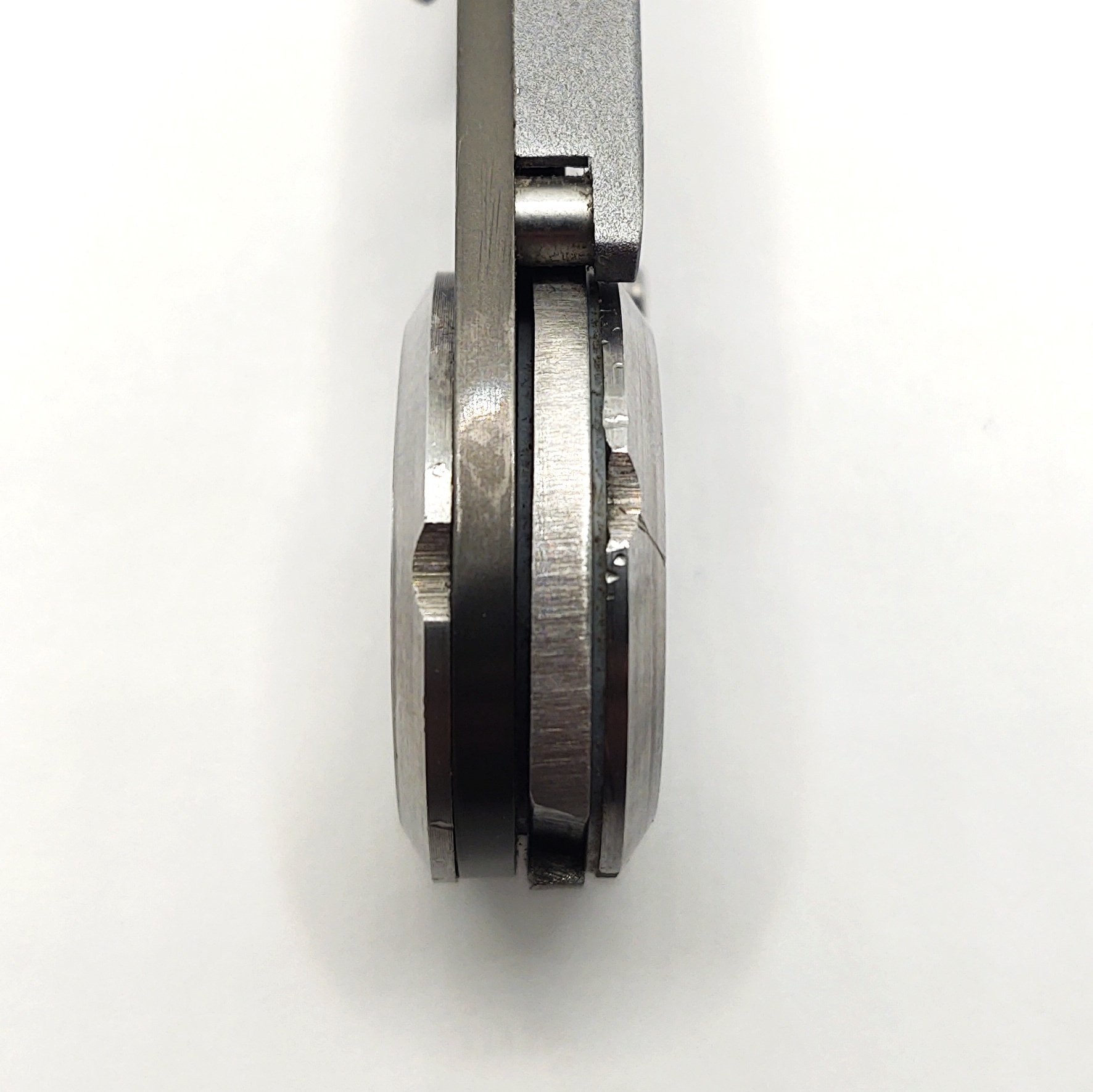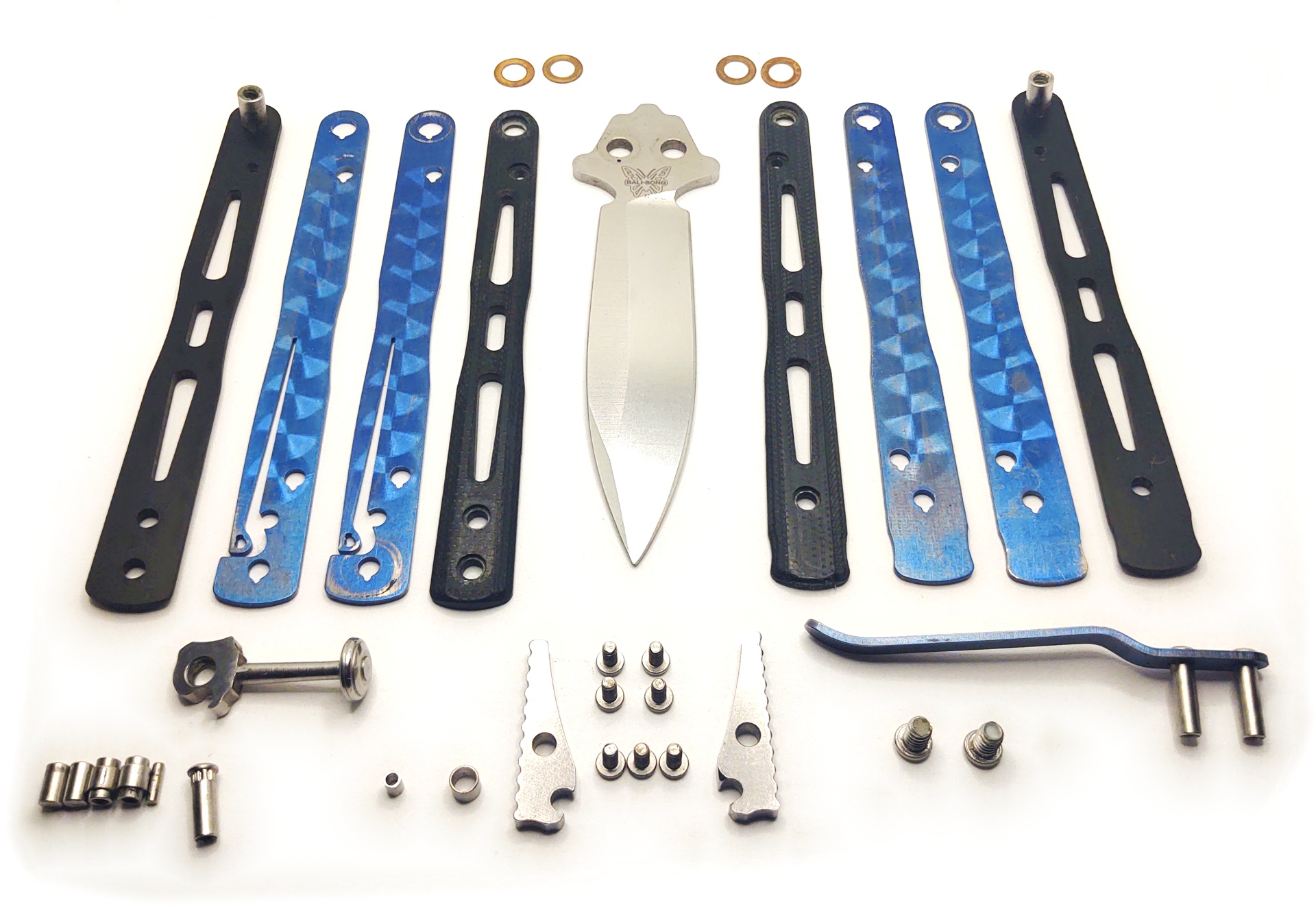The skyline rising over trees
Skyline swaying in the breeze

The skyline set this city alight
Radiate into the night

Thin, light, easy to carry. We've been talking about that a lot lately, vis-a-vis Benchmade's current crop of wafer-thin and expensive plastic handled EDC knives. So here's a different runup at that idea, which has the first thing but not the last two.
At the time, I said we could do nearly as well for less. How? Well, this is the Kershaw Skyline, a now sadly discontinued budget EDC knife that probably does just about everything most people shopping in this category would want. Made in the USA? Check. Good build quality? Check. Light weight? Check. Svelte dimensions? Check. Blade made of 14C28N, arguably the king of non-crucible stainless steels? Check that, too. Just one thing, though: The Skyline is/was only $30. Used examples can be had pretty readily for not a lot more.

Kershaw accomplished this by not packing anything zany into the Skyline, which probably went a long way towards keeping the cost down. It is one ISO standard unit of pocketknife with no surprises. In fact, it makes an excellent comparison point for any given cheap and/or knockoff knife you may be looking at. If you ever need a demonstration that there's no excuse for a $30-ish knife to be crap, just look at the Skyline. Is the thing in your hand as well built? No? Well, then it's probably not a great value for money.
The Skyline is a regular liner locking folder, with dual ambidextrous thumb studs and a flipper heel on the back. Despite the flipper on it, it's not spring assisted. The drop point blade is precisely 3" long, with the entire knife measuring out to 7-3/8" long open, and 4-3/16" closed. With that blade length and without any spring loading it thus ought to be widely legal to carry making it the perfect knife for the everyman. It only weighs 71.8 grams (2.53 ounces) which is more than a Benchmade Bugout, but noticeably less than other similarly constructed knives in its length class.

That's because it's only 0.410" thick across its G-10 scales (not including the clip) which is again a little more than a Bugout but really not by a lot. This is thanks to a somewhat unique design that includes a full length steel liner -- but only one of them. The other side is a G-10 scale with nothing underneath. This cuts both weight and thickness, and as we all know that's the name of the game here.
The blade is 0.89" thick at the spine, precisely the same as the Bugout. It's hollow ground, and comes down to a very thin edge which both makes it feel very sharp, and provides a high degree of cutting performance versus the types of materials a light duty EDC knife is likely to face: Cardboard, plastic packaging, envelopes, small diameter cordage, and maybe the occasional apple or sandwich.

The clip is not a deep carry design, probably because the Skyline's initial release slightly predated that trend. It is not reversible owing to the fact that it screws into the liner, and there's only a liner on one side. It can be relocated to the other end, though, for either tip-up or tip-down carry. So it can cater to either camp, regardless of whether or not you are a gallant and upstanding individual, or a depraved philistine.
The Skyline is, if the point hasn't been driven into the ground yet, thin. How thin?

Here it is compared to the Bugout, as well as the standard CQC-6K. It is thicker than the Bugout on paper but doesn't really feel like it in the hand. Mathematically the difference is negligible. It is noticeably thinner and lighter than the CQC, though. It's noticeably thinner and lighter than most similar knives, in fact.
The Skyline does have one thing going for it in that it is massively more rigid than the Bugout. Part of this is down to the single full length steel liner, but the G-10 scales are also a much less flexible material, noticeable even on the side that's not supported by anything. You can make the Skyline flex only a little, and only if you specifically try by squishing its handles together while it's open. It has a very generous cutout for your index finger as well, with both attributes combining to provide a much more confident feel in my opinion.
I predict this is part of what annoyed some people so much about the Bugout, myself included. Not in how it is designed per se, but rather that there's already this dinky little thing from Kershaw that manages to feel more premium, despite being purchasable with the type of chump change your typical Benchmade owner loses down the back of their couch without noticing.
I have heard whining on the internet in the past, possibly due to the presence of the thumb studs as well, to the effect that the Skyline's flipper apparently "doesn't work."

Um. Yes it does?

Beneath its clip, the Skyline has this rather Zero Tolerance-esque hex nut head on the back side of the pivot screw. I can't prove if this is the first time Kershaw ever used this design -- it probably wasn't -- but it was the first time I ever recall seeing it. This caused me a bit of a challenge for this photo shoot, though, because 2014 me got this knife tuned to pivoting perfection and then slathered it in entirely too much Loctite and never touched the screw again.

I had to... ah... modify the screw a bit to get it back out just now. Otherwise it was just spinning in its socket despite the flats, and there's no other way to grab it. Muh resale value: Ruined. Oh well. The pocket clip conceals it anyway.

What you get inside is this. The Skyline's pivot rides on phosphor bronze washers which is quite nice for the price. I imagine a lot of other manufacturers would have been tempted to use plastic ones at this price point.

The backspacer is held down by these very loooooong screws, which go all the way through and...

...engage with a pair of nuts in the scale on the other side.

The pivot screw is completely round, with no anti-rotation flat on it. That's supposed to be accomplished by the hex head on the back of the screw. And it probably is, if you don't glue the thing together like a dummy.

I think the lockup is very clever, despite being a regular liner lock mechanism. There's no end stop pin, nor does it need one. Instead, a protrusion on the back of the blade heel prevents it from pivoting past the open position no matter how hard you try. Even if you deliberately hold the lock down you can't over-rotate the blade because the thumb studs will eventually hit the handles. I can't imagine this added any more machine work worth mentioning, but what it did do was allow Kershaw to omit not only the end stop pin from the bill of materials, but also not have to figure out a way to anchor it without a steel liner on both sides. I like it.

The Skyline is actually narrower, that is across the scales and in total width, than the Bugout. So there. It's a damn sight smaller than the CQC-6K, which is what I personally consider to be on the larger end of what most normal people would want to carry on a daily basis.
The steel question is, I think, answered thusly: 14C28N is a very tough alloy and also more corrosion resistant than the S30V the Bugout is made out of, which is a better idea for the types of non-enthusiast people who are likely to wind up with one of these. It should tolerate abuse, misuse, careless storage, and lack of cleaning much better than an awful lot of high alloy steels, including the current popular supersteels. And it'll be both tougher and more corrosion resistant than the 440C or 8Cr13MoV that such knives are likely to be made out of while having similar edge retention characteristics. Now, there are steels that will hold an edge better versus abrasion than 14C28N, but I think the same hypothetical person who might be intended to buy this knife would appreciate it not being a battle to resharpen. Those to aspects are of course mutually exclusive. And the thin hollow ground geometry means that this knife should cut very well even if it's been inexpertly sharpened.
Then, of course, there is the notion that the minutiae of different modern knife alloys doesn't really matter that much for the types of non-critical use that the vast majority of pocketknives are used for by normal people, if they are even used heavily at all. Remember that even current cheap steels are loads better than good steel was at the turn of the century, and this continent was conquered by men carrying knives made from metal that wouldn't be a patch on even middling knives from today. That's my position on the matter, and if you want to fight me on it you'd better consider yourself on notice that I've got a lot of knives to fend you off with.
It's a shame the Skyline is gone, but there's hope. There is a Mini variant which is still in stock at the time of writing. It also had a revival a couple of years ago with a re-release made in 20CV steel, too. These are now hard to find, but not impossible.
The Inevitable Conclusion
Light is seen from outer space
UFOs crush human race
Alien rebuild city anew
Alien knife nerds have Skylines, too



































